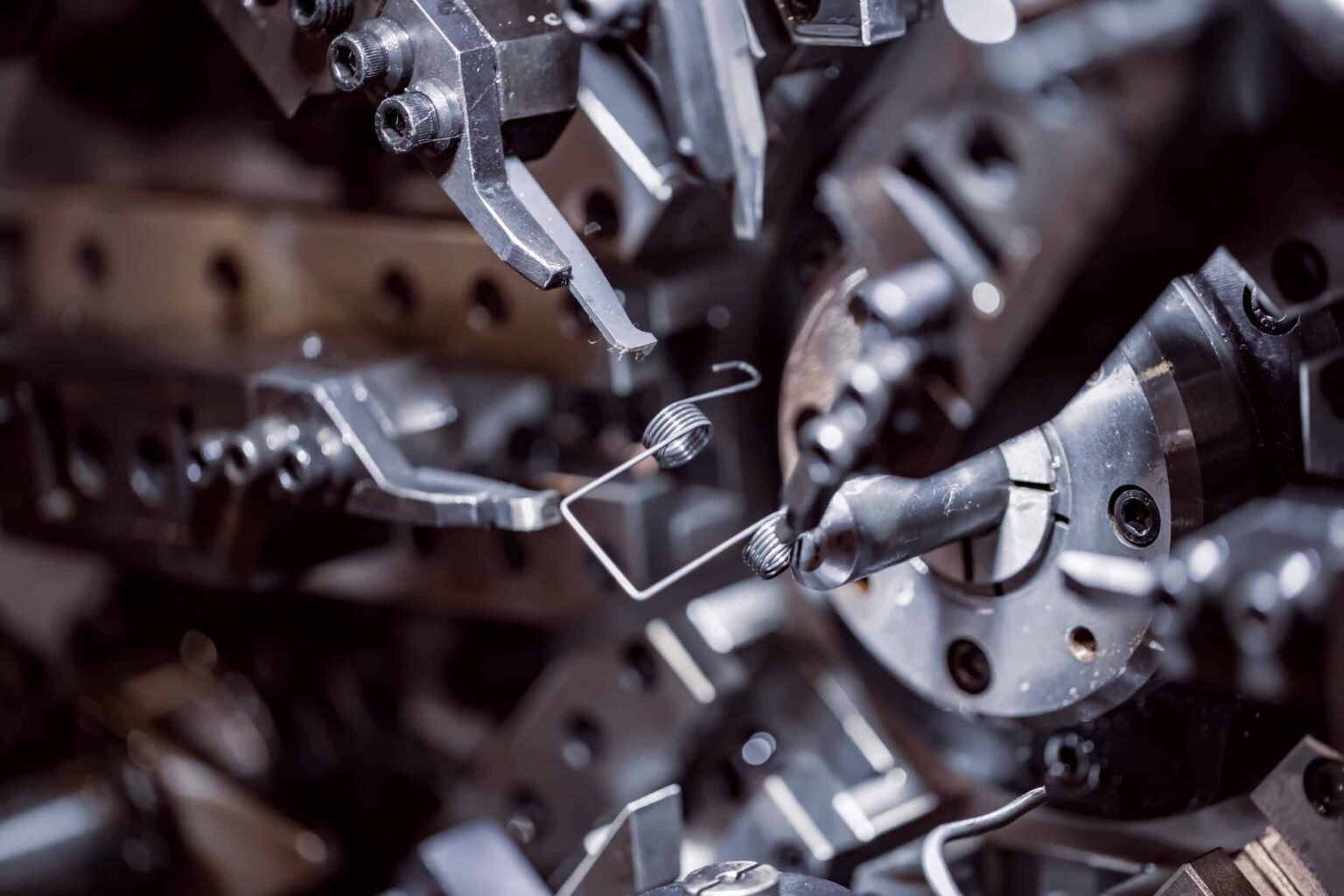In industries where failure is not an option, the quality of every single component matters. From a life-saving medical device to a satellite orbiting the Earth, the integrity of these products relies on manufacturing processes that meet incredibly strict standards. This is where specialty fabrication comes into play. It’s not just about building parts; it’s about engineering solutions with absolute precision, reliability, and compliance.
For sectors like aerospace, medical, and defense, the margin for error is virtually zero. A microscopic flaw in a weld or a slight deviation in material composition can have catastrophic consequences. As a result, these fields are governed by rigorous regulations and certifications that dictate every step of the manufacturing process. Understanding the role of specialty fabrication is key to appreciating the complexity and skill required to produce components that can perform flawlessly under the most demanding conditions.
The Foundation of Quality: Understanding Industry Standards
Every high-stakes industry operates under a unique set of standards. These aren’t just guidelines; they are legally enforceable requirements that ensure safety, reliability, and interoperability.
- Aerospace: The aerospace industry is governed by standards like those from the Nadcap (National Aerospace and Defense Contractors Accreditation Program) and AS9100. These certifications cover everything from material traceability to the specific parameters for welding and heat treating. Compliance ensures that every component, from a tiny fastener to a large structural assembly, can withstand extreme temperatures, pressures, and stresses experienced during flight.
- Medical: In the medical field, the FDA (Food and Drug Administration) and international standards like ISO 13485 are paramount. These regulations are designed to ensure that medical devices are safe and effective for patient use. Materials must be biocompatible, meaning they won’t cause adverse reactions in the human body, and manufacturing processes must be meticulously documented and validated to guarantee consistency.
- Defense: The defense sector relies on military specifications (MIL-SPECs) and standards to ensure that equipment is robust, reliable, and capable of performing in harsh combat environments. These standards cover everything from the durability of materials to the cybersecurity of embedded systems.
For a specialty fabrication shop, achieving and maintaining these certifications is a significant investment. It requires a deep understanding of the regulatory landscape, a dedicated quality management system, and continuous training for all personnel.
The Role of Precision Welding and Advanced Techniques
Welding is often a critical process in specialty fabrication, especially when joining dissimilar materials or creating complex assemblies. In high-stakes applications, a standard weld won’t suffice. Techniques must be precise, repeatable, and verifiable.
Gas Tungsten Arc Welding (GTAW or TIG) is frequently used for its ability to produce clean, high-purity welds. This method offers excellent control over the welding process, making it ideal for thin materials and intricate designs common in aerospace and medical components.
Laser Beam Welding (LBW) provides another level of precision. By using a focused beam of light, LBW can create deep, narrow welds with a very small heat-affected zone. This minimizes distortion and is perfect for delicate components. The process is also highly automatable, which enhances consistency across large production runs.
The process of welding for medical application (DA40) requires extreme cleanliness and precision to create sterile, durable joints for surgical instruments and implants. This ensures the devices are safe and reliable for patient care.
Beyond the technique itself, specialty fabricators use advanced inspection methods to verify the quality of every weld. Non-destructive testing (NDT) methods like X-ray, ultrasonic testing, and dye penetrant inspection allow technicians to identify any internal or external flaws without damaging the part.
Material Selection and Traceability
The choice of material is just as important as the fabrication process. In regulated industries, materials must exhibit specific properties, such as high strength-to-weight ratios, corrosion resistance, or biocompatibility. Common materials in specialty fabrication include:
- Titanium Alloys: Valued in aerospace and medical fields for their high strength, low weight, and excellent corrosion resistance.
- Stainless Steel: Widely used in medical devices and food processing equipment due to its cleanability and resistance to contamination.
- Superalloys (e.g., Inconel): Essential for high-temperature applications like jet engines and gas turbines because they retain their strength at extreme temperatures.
Equally critical is traceability. Fabricators must be able to trace every piece of material back to its original source. This “cradle-to-grave” documentation is a core requirement of standards like AS9100 and ISO 13485. It ensures that if a problem ever arises with a component, the affected batch of material can be quickly identified and addressed.
Partnering for Success
Choosing a specialty fabrication partner is a critical decision. It’s about more than just finding a vendor who can make a part; it’s about finding a partner who understands the intricacies of your industry. Look for a fabricator with a proven track record, the necessary certifications, and a culture of quality that permeates their entire organization. A true partner will work with you from the design phase through to final inspection, offering their expertise to help you optimize your product for performance, manufacturability, and compliance. By collaborating with experts in specialty fabrication, you can ensure your products not only meet but exceed the stringent standards of your industry.


